Boaz Livny0470008547, 978-0-470-00854-6
Introduction.Chapter 1: Introduction to mental ray.What Is mental ray?Why Use mental ray?The Structure of mental ray.mental ray Integration.Command-Line Rendering and the Stand-Alone Renderer.mental ray Shaders and Shader Libraries.Indirect Illumination.Chapter 2: Rendering Algorithms.Introduction to Synthetic Lighting.Rendering under the Hood.mental ray Rendering Algorithms.Scanline Rendering in Depth.Raytrace Rendering in Depth.Hardware Rendering.Chapter 3: mental ray Output.mental ray Data Types.The Frame Buffer.Frame Buffer Options.mental ray Cameras.Output Statements.Chapter 4: Camera Fundamentals.Camera Basics and Aspect Ratios.Camera Lenses.Host Application Settings.Chapter 5: Quality Control.Sampling and Filtering in Host Applications.Raytrace Acceleration.Diagnostic and BSP Fine-Tuning.Chapter 6: Lights and Soft Shadows.mental ray Lights.Area Lights.Host Application Settings.Light Profiles.Chapter 7: Shadow Algorithms.Shadow Algorithms.Raytrace Shadows.Depth-Based Shadows.Stand-Alone and Host Settings.Chapter 8: Motion Blur.mental ray Motion Blur.Motion-Blur Options.Motion-Blur Render Algorithms.Host Settings.Chapter 9: The Fundamentals of Light and Shading Models.The Fundamentals of Light.Light Transport and Shading Models.mental ray Shaders.Chapter 10: mental ray Shaders and Shader Trees.Installing Custom Shaders.DGS and Dielectric Shading Models.Glossy Reflection and Refraction Shaders.Brushed Metals with the Glossy and Anisotropic Shaders.The Architectural | |
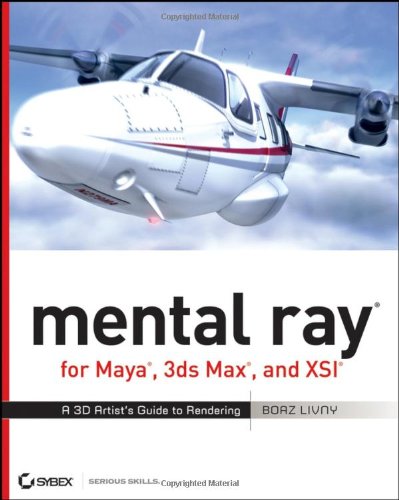

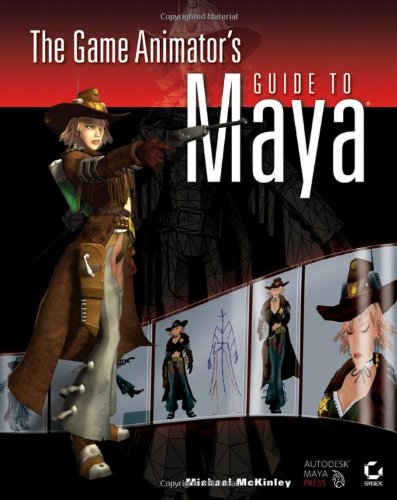
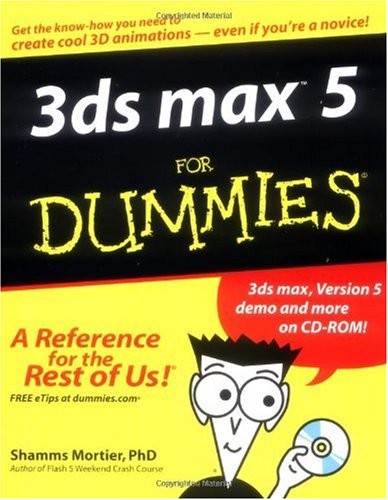
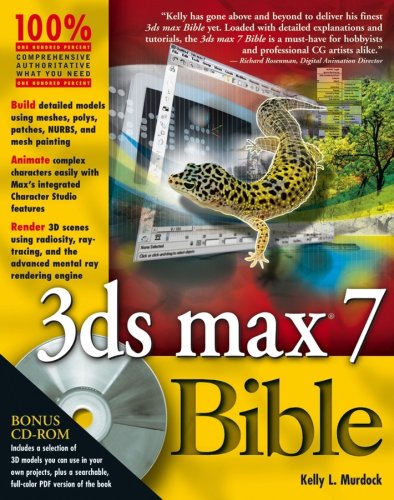

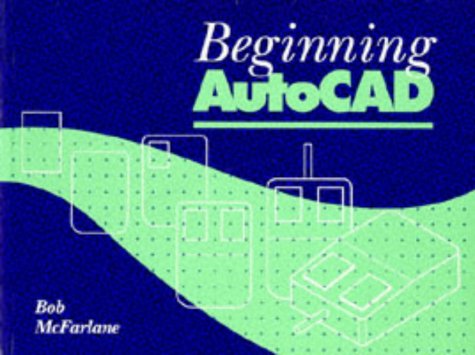
Reviews
There are no reviews yet.